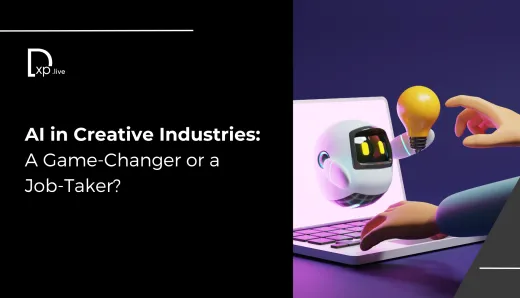The Evolution of User Experience with XR, Digital Twins and Spatial Computing

The future of technology is already here, and it's changing how businesses operate and engage with their users. XR (Extended Reality), digital twins, and spatial computing are now at the forefront of this change. These technologies are not just buzzwords as we know—they are driving meaningful shifts in how companies approach user experience and efficiency.
The Shift from Flat Screens to Immersive Experiences
Let's break it down. XR, which includes virtual reality (VR), augmented reality (AR), and mixed reality (MR), creates immersive digital environments that blend with our physical world. On the other hand, spatial computing takes this further by mapping real-world spaces digitally, allowing users to interact with virtual objects and information in a way that feels more natural.
- XR enhances interaction: Instead of interacting with flat 2D screens, users are now experiencing 3D environments, where virtual and physical worlds collide.
- Spatial computing makes it interactive: This technology isn't just about seeing things in 3D; it’s about how you interact with them. Picture walking through a digital factory floor that reflects real-time data—this is the kind of user experience businesses can now offer.
These innovations are changing everything from product design to customer service, making interactions more intuitive, immersive, and data-driven.
Digital Twins: Real-Time Data, Real-World Impact
Let’s talk about digital twins. A digital twin is essentially a virtual model of a physical object, process, or system. The real game-changer is that these models aren’t static. They pull in live data from their real-world counterparts, allowing businesses to simulate scenarios, anticipate problems, and make informed decisions.
- Optimize operations: Imagine a digital twin of a manufacturing plant that gives real-time updates on equipment performance. Before something breaks down, you’ll know about it.
- Improve decision-making: These real-time simulations help businesses identify inefficiencies, test out changes in a risk-free environment, and even predict future challenges.
When you combine digital twins with XR and spatial computing, the possibilities expand. Users can not only see and interact with virtual objects in real time, but they can also tap into live data, bringing real-world impact to their decisions without ever leaving the digital space.
Elevating User Experience with Data-Driven Immersion
The real magic happens when these technologies come together. By merging XR, digital twins, and spatial computing, businesses can offer users richer, more interactive experiences. How?
- Personalized interactions: Whether it’s a virtual tour of a new office or an interactive training module, XR allows businesses to tailor experiences to individual users. Meanwhile, spatial computing ensures users can naturally navigate these digital environments, making interactions seamless.
- Actionable insights on the go: With digital twins feeding in real-time data, users don’t just experience virtual environments; they interact with live, actionable information. It’s like being able to see the future of a system or product while experiencing it firsthand.
This convergence of technologies means that businesses are no longer just offering products—they are providing experiences. And in a world where customer satisfaction is key, that’s a huge win.
Adoption Challenges: The Roadblocks Ahead
While the benefits are clear, adopting these technologies isn’t without challenges. High costs and a steep learning curve can make it hard for businesses to jump on board quickly. Plus, there’s the issue of data privacy and security, which is especially crucial when dealing with real-time data from digital twins.
- Implementation is expensive: The hardware, software, and expertise needed to get these systems up and running are costly.
- Data concerns: As with any data-driven technology, privacy and accuracy must be top priorities. For businesses to truly benefit from spatial computing and digital twins, they need to ensure that the data being fed into these systems is secure and reliable.
As these technologies evolve and become more accessible, businesses that invest now will be ahead of the curve in creating better user experiences and more efficient operations.
XR, Digital Twins, and Spatial Computing Aren’t Just the Future—They’re the Now
The integration of XR, digital twins, and spatial computing is transforming industries across the board. This isn’t some far-off idea; businesses are already using these technologies to reshape user interactions, improve decision-making, and optimize processes.
Companies that embrace these tools now are positioning themselves for a future where immersive, data-rich experiences are the norm. It’s not just about enhancing user experience—it’s about redefining what that experience can be.
Join the conversation! Stay in loop with our fresh takes on all the insightful topics!!




